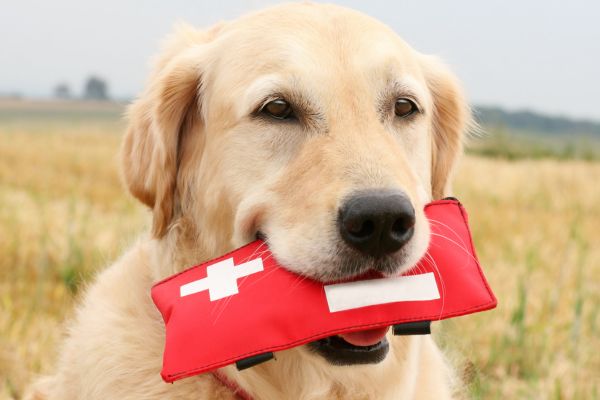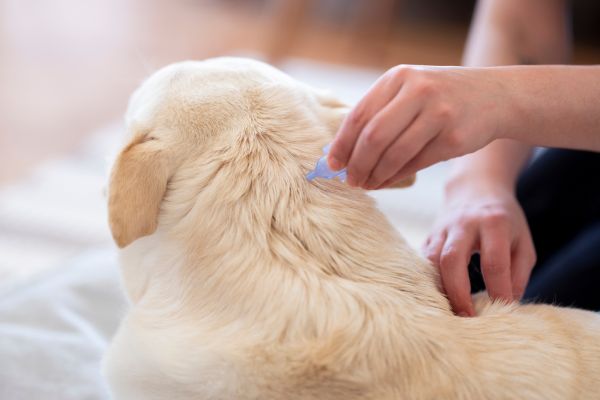Anyone who has ever owned a dog knows ticks can be a problem. It is a good idea for your dog to be checked for ticks after he or she has gone for a walk. These tiny creatures can hide in your pet’s fur and will cling to certain areas. Responsible dog ownership begins with knowing what to do if you spot one on your pet.
Must Read: baby hawk
What are ticks?
Ticks are small parasites that require a host to survive. Dogs are at greatest risk from an infected tick riding along with them. Once they get sick, they can spread the disease to other pets.
What does a tick look like?
Ticks can be flattened, small, and oval before being fed. However, they can grow to the size and shape of a coffee bean if they latch onto a host and are taking in their blood.
They are often found in these places.
You will often find them in fields, meadows and moorland. It is important to check your dog after you visit these areas. Avoid walking in tick-prone areas and use insect repellents.
Never Miss: animal kingdom dining
Is my dog prone to ticks?
It is important to make sure your dog doesn’t get hitched while you are walking them.
To check for any unusual lumps or bumps, you can simply move your hands around their bodies. They will cling to certain areas more frequently, like their ears, head and neck, armspits, feet, and groin.
What to do if a tick is found
It is important not to panic or try to remove the tick immediately. Ticks must be removed slowly. Otherwise, the tick’s mouth parts can become stuck in the skin. This can cause inflammation and infection. You should remove them within 24 to 36 hours, ideally.
If they feel stressed, ticks may eat their food again. Tweezers can be used to help you avoid this.
To remove a tick, you can only use your fingers to separate the hair from the dog. To encourage the tick from separating, pull the hair as close to the skin as possible. After the tick is removed, clean the area with soap, water, or rubbing alcohol.
Remember to be vigilant when walking your dog. Also, make sure to check for ticks when you return. This will ensure your dog and you are safe and healthy during tick season, which is late March to October. Also, keep in mind that ticks thrive in woodland.
Also Read: animal onesie
How to keep your dog safe in winter
It’s that time again of the year, when winter is fast approaching and it is getting harder to predict the weather. Soon, we will be dealing with cold, rain and snow, and want to stay inside with a cup of hot chocolate and a set.
This plan is difficult if you’re a dog owner. It could make all of the difference to plan for the wet, cold and dark seasons ahead. This guide is easy to follow and will help you and your dog to stay safe and sound during winter months.
When your dog is done?
Do not let their furry coat fool you. Dogs feel the cold just as much as humans. Your dog may be whining or lifting their paws more than usual when they feel cold.
Winter care should be taken to ensure your paws are well-maintained
Salt and grit can build up in the ice, which can cause paw problems for dogs. You should wash their feet every time you return to your home. Make sure to clean between their toes to prevent ice particles from sticking to their skin. This will prevent ice particles from sticking to your dog’s feet.
Most Popular: the best health decisions
Dress your dog according to the weather
For the unpredictable British weather, a warm and waterproof coat is vital. This coat will keep your dog warm and dry from autumn to spring.


